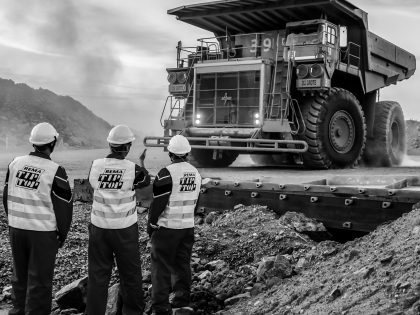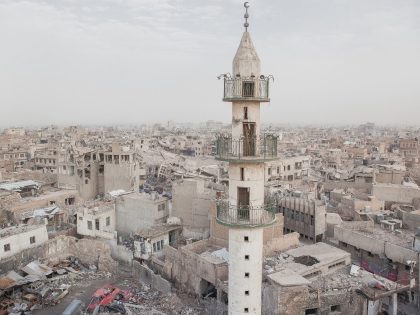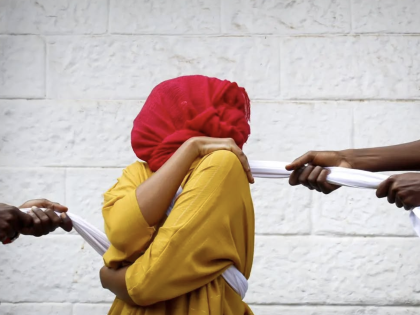Good neighbors in Johannesburg
This practice in some media of making white people who live in mostly black inner city Johannesburg, out as special. No.

Ponte Tower. Screen shot.
Vocativ.com, is the kind of online site some people trust as a news source in the United States. An American news-aggregator accessing the ‘deep web’ for information in a bid to report the world in slick packaging that uses dramatic music and oversized fonts to really DRIVE HOME A POINT. I get it. A bit like VICE. It is also the kind of site with headlines like “The Hard Truth About Girl-on-Guy Rape.” So, how could I miss it in the title for this one: “Tower of Trouble” about Ponte City Apartments and how drastically living conditions have changed inside Johannesburg’s most recognizable address. Watch the six minute video here first:
As the video shows, indeed, things have changed for Ponte’s residents. I’ve visited. It’s safe and clean and has made great use of the ground floor communal areas, including a recreational area for kids where they can hang out or do homework with the help of after-school supervisors.
The views are mesmerizing and I imagine it a special place to live taking into consideration its history and symbolism for the city.
The video does a good enough job of reporting the story except for the instances where it so obviously shows up the racial bias of the producers.
Whiteness equals normalcy for the people at Vocativ. In their reporting and framing of the story through interviews and narration they make a big deal of the fact that white people are now living in Ponte. Why?
Black life is just as worthy reporting as white life. What about all the people (black I bet) who’ve lived in Ponte throughout its upheavals, cleanups and restorations? Where are they? Floors 1 – 11? They must have great stories to tell of Ponte’s past and have opinions much more valuable for their commitment to the place than the newer neighbors?
The piece sketches Ponte’s latest metamorphosis with tight, advanced security measures and refurbishments. The rainbow nation ideals of a democratic South Africa cemented by the fact that whites are living here. It signals hope! One in which Ponte becomes ‘livable’ again. Vocativ’s view of Ponte posits a white experience as the experience of the place and the neighborhood for that matter.
The narrator states: “Once the tourists leave it’s still fairly rare to see white people after dark.” Um, yes. This is South Africa. Our population’s majority are black South Africans. It is not rare to see very few white South Africans, if any at all, in some suburbs of the most densely populated city in the country. Actually, it makes a lot of sense.
White people living in Ponte is not a problem, it wouldn’t even be worth mentioning had this type of reportage not made it out into the world.
We can’t, as South Africans, keep allowing for stories to be authored in such a way that privileges a white experience over a black experience. Already the white experience is unwittingly accepted as the normative experience, and our own mediated in relation to and through that. Why else does the black gentleman joke about how he loves seeing friends’ reactions when he tells them his neighbours on his floor are white? “I brag about it, cos, it is something worth talking about. So who do you stay with at Ponte, well, my neighbours are all white (laughs)”.
Why is that laughable? Why is it a thing? Why does living nearby white people now make Ponte okay, impressive to friends? Why is your experience living there mediated and made good through the proximity to a particular race group? We need to interrogate these insidious ways apartheid’s legacy has kept white experience on top (read: it’s not inside, it’s on top! South Africans will know).
What’s more is that in explaining Ponte’s notoriety for drugs and criminal activity, Vocativ thinks it’s okay for one interviewee to put it all down to “those Nigerians”. What? Wait. That’s a xenophobic generalization that’s used far too often and the journalists did nothing to give evidence or refute that claim?
No man.
I say we start authoring our own stories. We cannot and should not remain entrenched in a white normative gaze around which we locate our own experience and yet we no longer have to.
As one interviewee says: “We’re all humans, let’s make this happen.”
* BTW, I made a short video experiment in response to xenophobic generalizations made in the video above. It starts of with those infamous words: “Those Nigerians!”



















